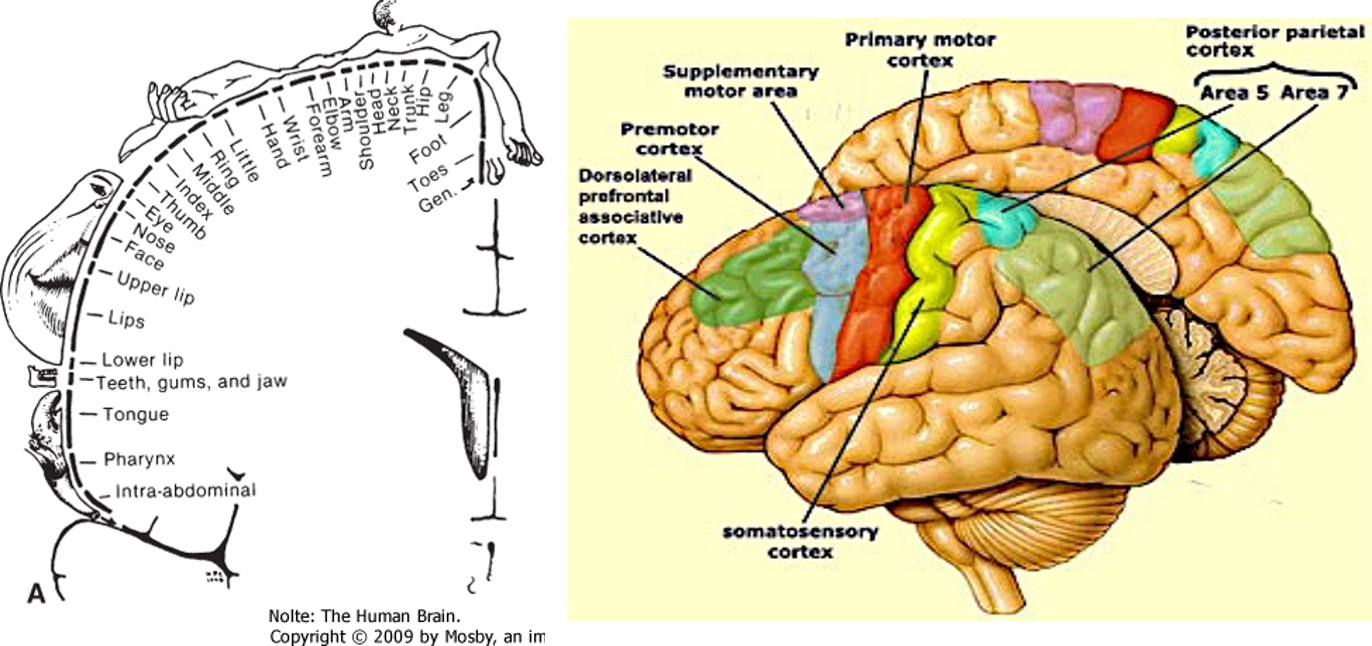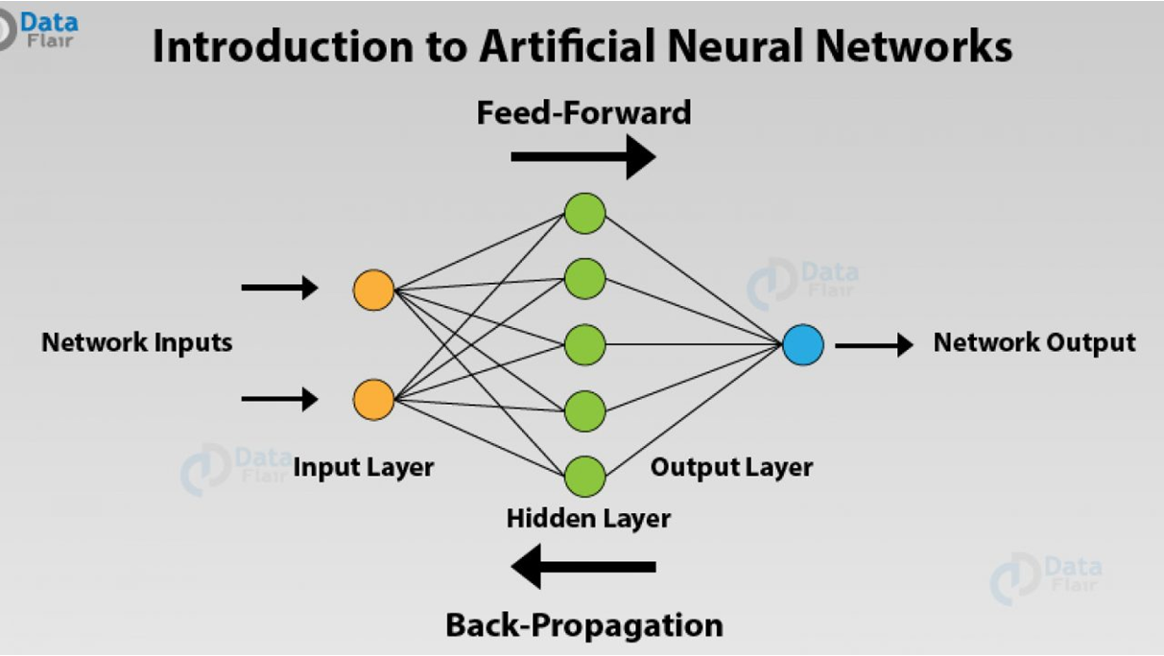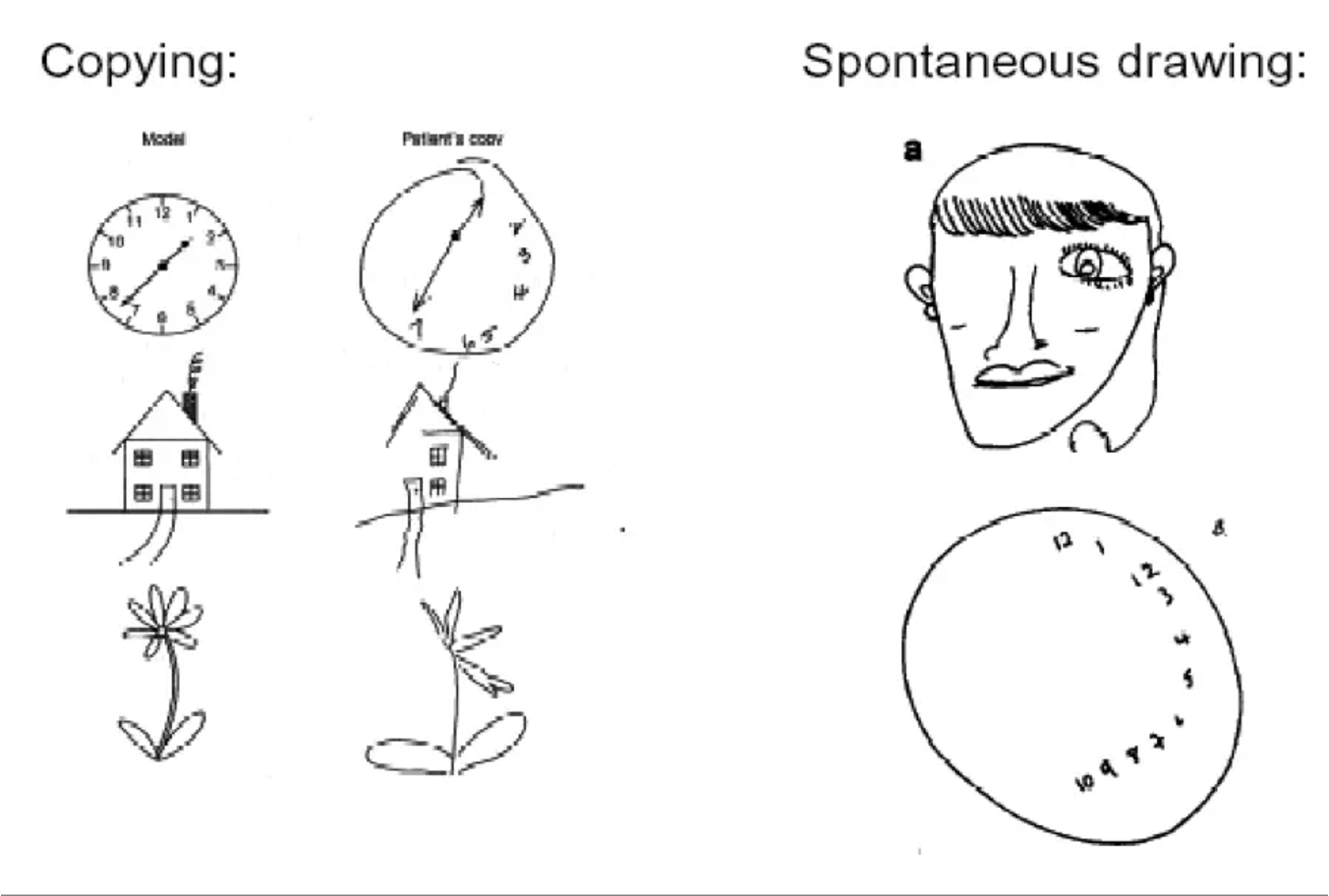Cortical Processing of Sensory Information
1/35
There's no tags or description
Looks like no tags are added yet.
Name | Mastery | Learn | Test | Matching | Spaced |
|---|
No study sessions yet.
36 Terms
Cortical registration of sensory input
registers in S1 - area 3, 1, 2
interacts with motor cortex
highly processed in parietal lobe if it is sensory from the body (somatosensory)
visual input- occipital lobe
auditory stimuli - register in transverse temporal gyri - temporal lobe will help process sensory input
fascicle allow us to process input ad then give an output

Sensation
the registration of sensory stimuli by the nervous system
the transmission of that stimulus in the nervous system
the registration of that stimulus in the cerebral cortex
Localization and Discrimination
can localize a stimulus from area 3, 1, 2
can discriminate a stimulus based on what neurons are in the code
Perception
the processing of sensory input by the cerebral cortex
typically involves stored information from the cortex, including previous experiences
INVOLVES THE PRIMARY SENSATION +
What is the difference between sensation and perception?
sensation - HAVE THIS EXPERIENCE
perception - from previous experiences
If you lose sensation…
it is USUALLY a spinal cord, spinal nerve, or peripheral problem
If you get messed up perception…
it is USUALLY a HIGHER VENTER PROBLEM
You CANNOT have perception…
in the absence of sensation!!!
Perceptual Constancy
see familiar objects as unchanging, even when aspects of the stimulus change, such as lighting or viewing angle
Perceptual Set
tendency to perceive some stimuli but not others and to base expectations on past experience
something magicians use - focused on a stimulus and you don’t pay attention to other things
What are the unimodal neural aspects of perception?
parietal, temporal, frontal, and occipital lobes
What perception happens at the parietal lobe?
most somesthetic sensation
areas 5 and 7 (superior parietal lobule) - involved with processing of body image, body in space, organizing body in space for action
What perception happens at the temporal lobe?
most auditory sensation
transverse temporal gyri
hippocampus
What perception happens at the frontal lobe?
attention
prefrontal cortex
What perception happens at the occipital lobe?
most visual sensation
medial is more registration
What are the multimodal neural aspects of perception?
association cortex
where you pull in and integrate ALL of these modalities
inferior parietal lobule - supramarginal and angular
lateral temporal gyri
lateral occipital gyri
Where is there a large among of multimodal processing occurring?
around the posterior aspect of the lateral fissure - confluence of input from visual, auditory, and tactile modalities
What is the supramarginal gyrus?
a somatosensory association area
What is the angular gyrus?
a visual association area - also called a reading center and plays a role in arithmetic functions
Neural Networks
underlying construct of perception
no longer are there strict pathways that can be traced
rather, when faced with a stimulus, a set of neural cells are activated to help - involves system processing simultaneously of feedforward and feedback connections
it is the dynamic activity of the system that determines the outcome of computation, not inputs or initial conditions

Synesthesia
perceptual phenomenon in which stimulation of one sensory pathway automatically activates another linked pathway
What is the most common synesthesia?
color and number or letter
e.g. would always see A as red and B as blue - can happen with music and color or smell and taste
Right Hemisphere processing
uniquely specialized for spatial processing
visualization
intuitive
conceptual
think about geometry and spatial match like calculus and inference
Left Hemisphere processing
specifically designed for temporal processing
sequencing
analytical and numerical thinking about sequential math - counting, algebra, solving equations
What is the dominant hemisphere for language for MOST people?
left hemisphere - both right (95%) and left handed (33%)
What is the functional deficit when one hemisphere is damaged as in CVA?
unilateral disregard or neglect - most commonly in RIGHT hemisphere lesions
often associated with damage to superior parietal lobule

Astereognosis
inability to identify familiar objects by touch
A(dys)lexia
difficulty with reading, despite normal intelligence
angular gyrus
Dyscalculia
Agraphesthesia
can’t identify number or letter traces on back of hands with eyes closed
Prosopagnosia
inability to recognize faces, including your own
associated with damage to fusiform gyrus
Apraxia
inability to execute a motor command DESPITE the motor ability to do so - central processing disorder
dressing and construction - damage to right angular gyrus
What is difficult for kids with apraxia?
Simon says test - cannot take verbal message or visual image, process it in brain, and create motor output to do it
Proprioception
sensory input of movement
Kinesthesia
perceptual processing of movement
Aphasia
deficit in spoken or receptive language